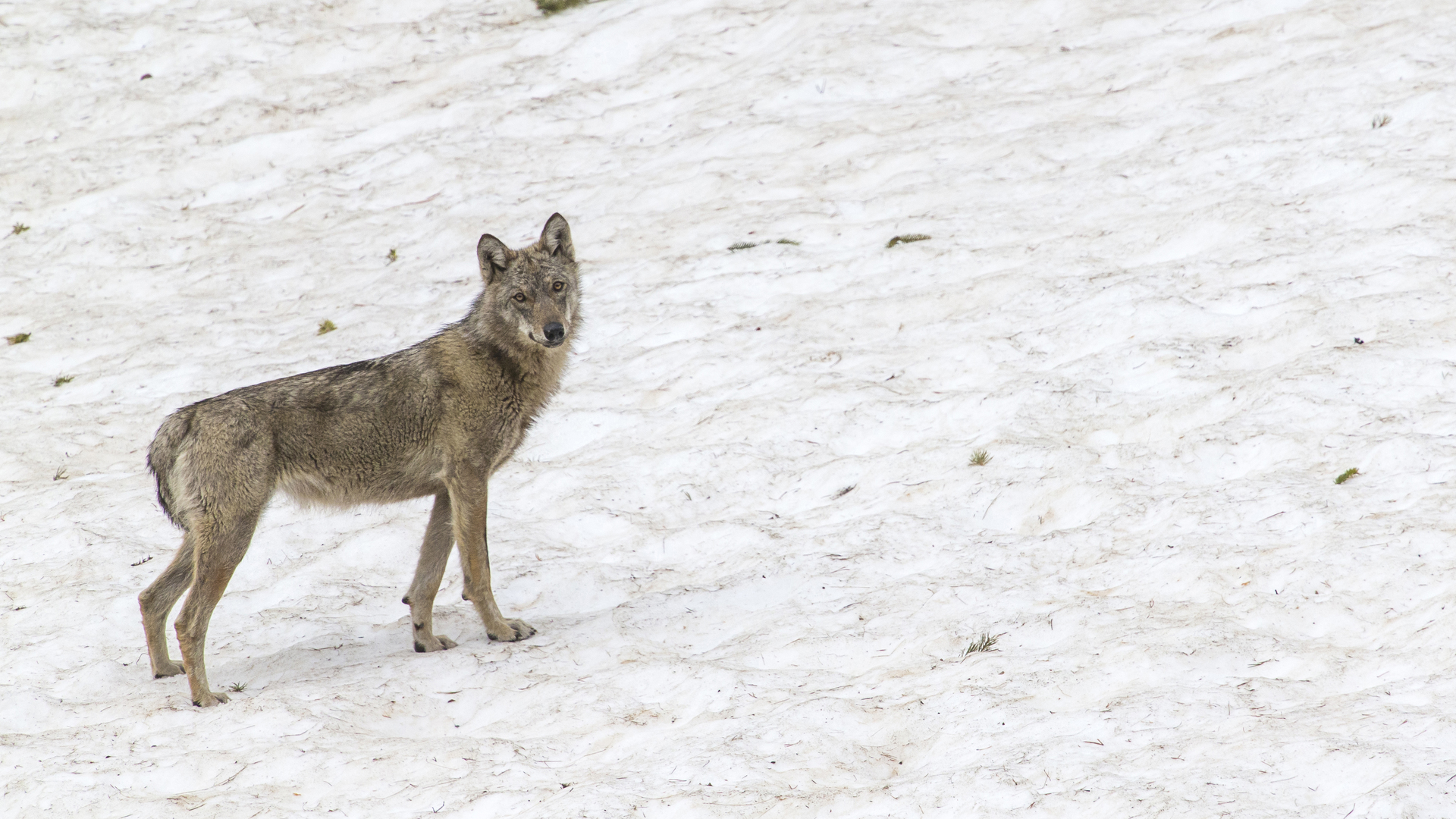Description
Evidence of wolf presence (scat) will be collected with the help of a specialised detection dog.
Each sample will be genetically analysed to identify the individual and to know precisely the number of wolves present on the massif.
A reference study (Roda et al., 2021) has shown that humans miss 75% of proofs of wolf presence without the help of a sniffer dog. Each excrement will also be used to determine the precise diet of wolves in the Sainte-Victoire massif, using genetic analysis.
At the same time, a questionnaire will be sent to local rural stakeholders to obtain their estimates of the number of wolves present on the massif, as well as their estimates of the proportion of domestic and wild prey consumed by the wolves.
A comparison will then be made between the perception of local stakeholders and the scientific observations made. Part of the questionnaire will be dedicated to evaluating the perception of local stakeholders (before and after the study) in order to assess whether, in their opinion, the use of detection dogs is an added value for this type of monitoring.
At each stage of the project (including the surveys carried out with the detection dog), local rural actors will have the opportunity to participate in the monitoring, and a leaflet presenting the species in Mediterranean environments will be widely distributed.
In addition, awareness-raising activities among students through teachers in life and earth sciences are planned in secondary schools in the region.

